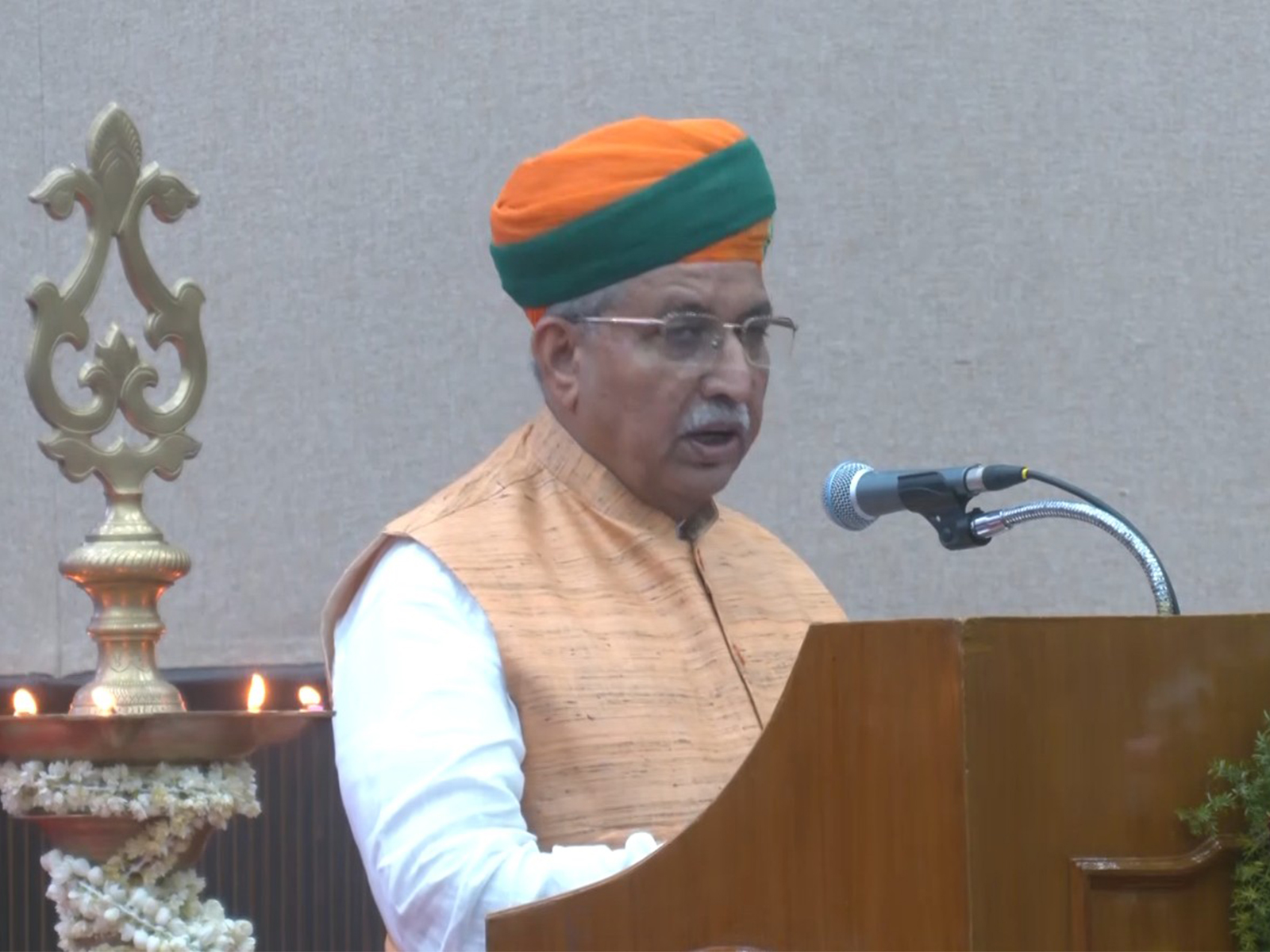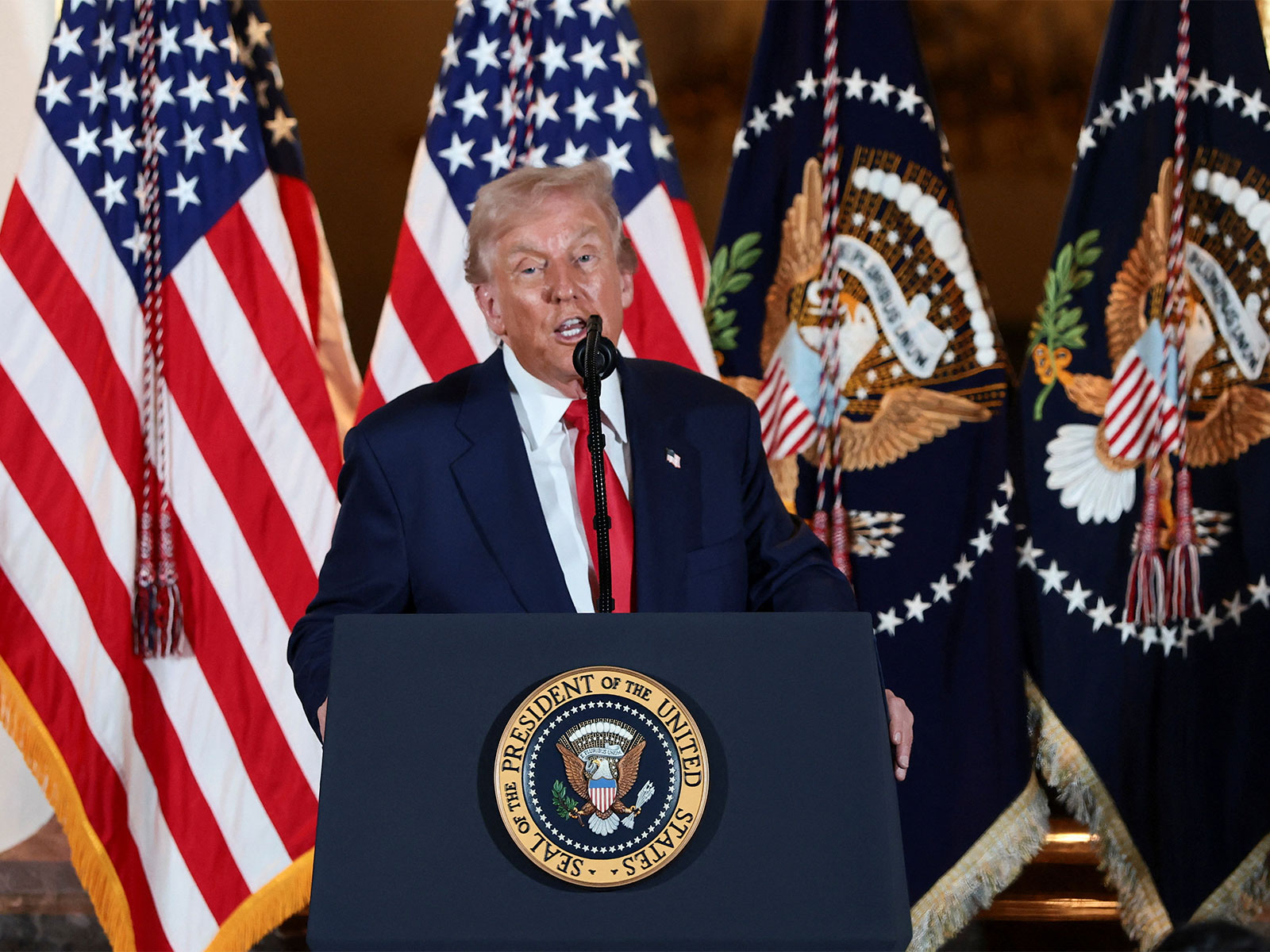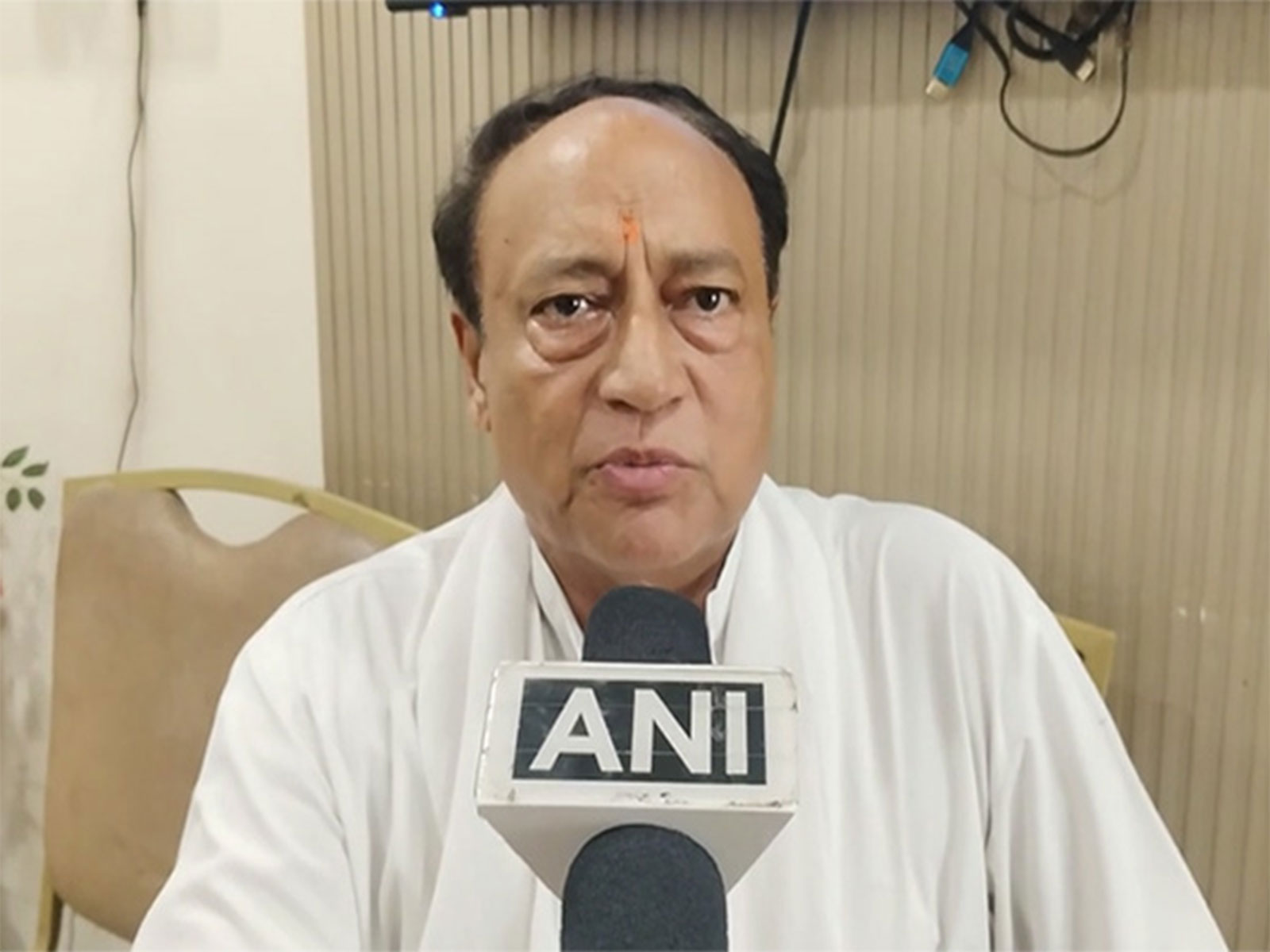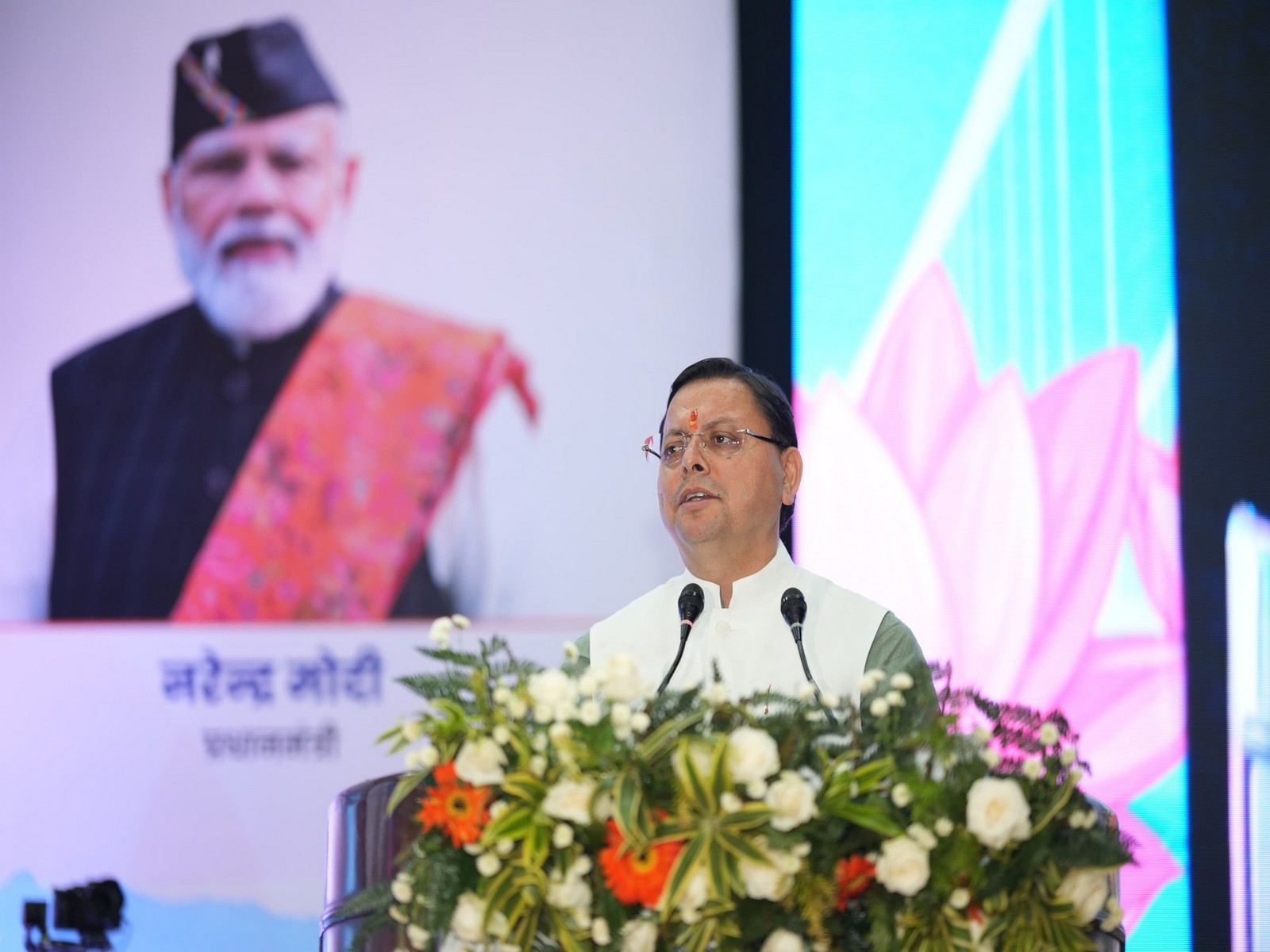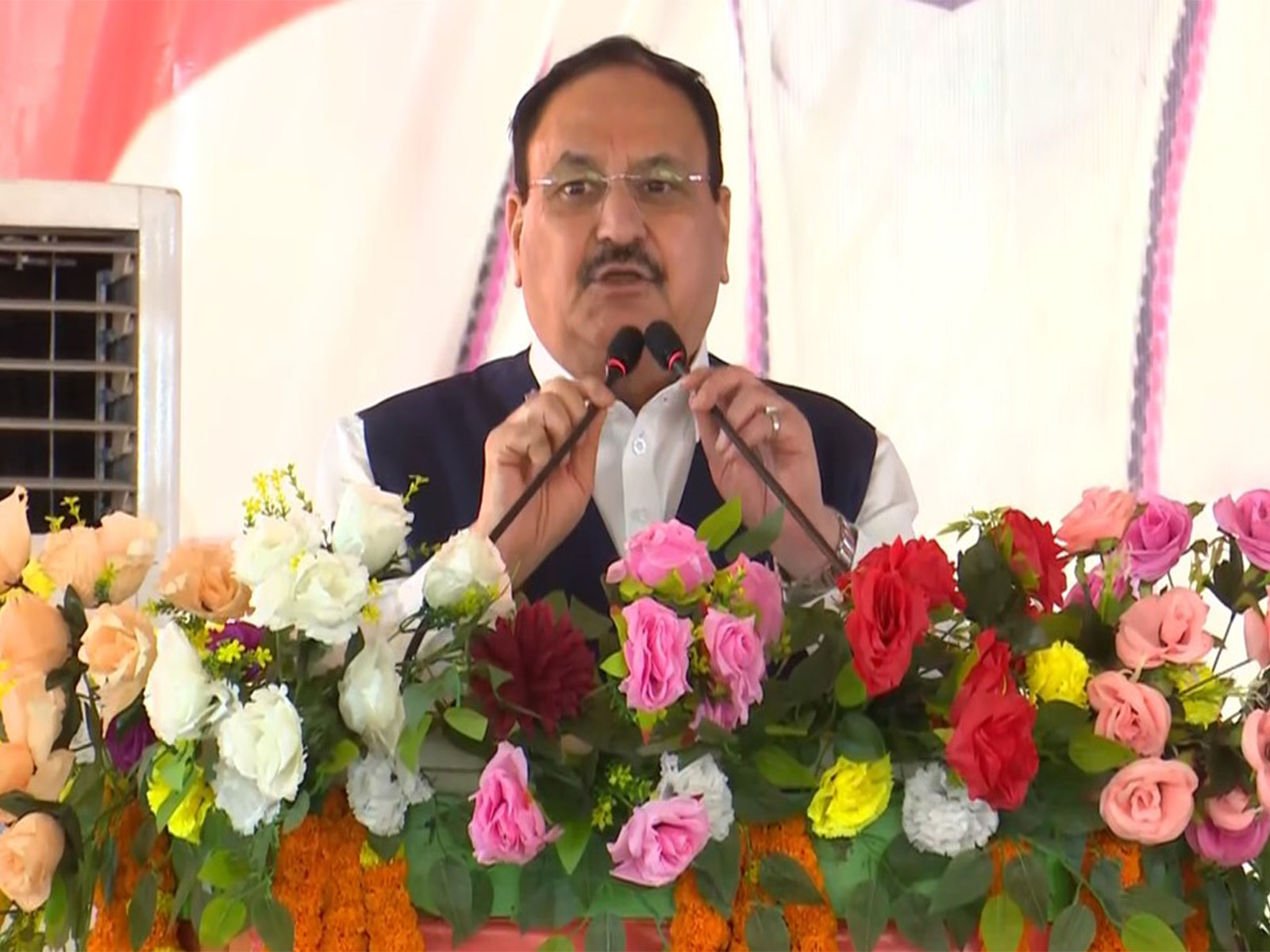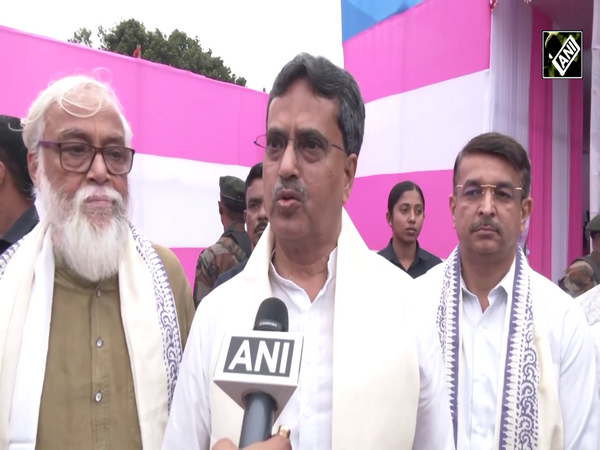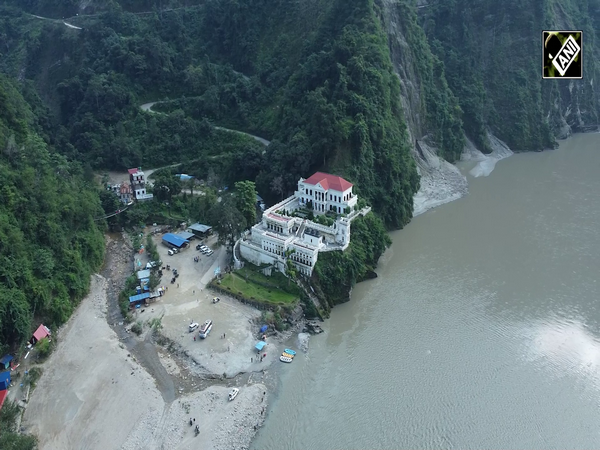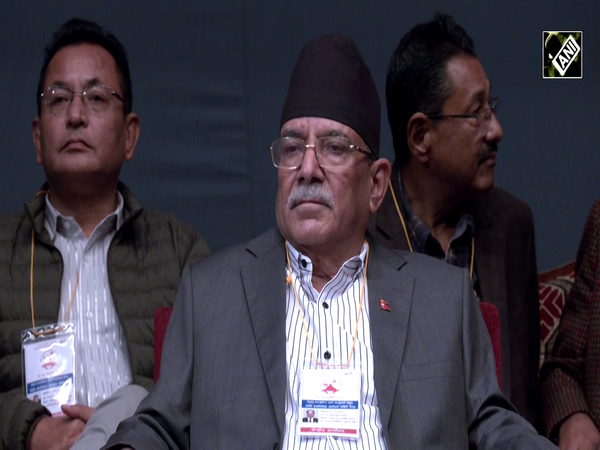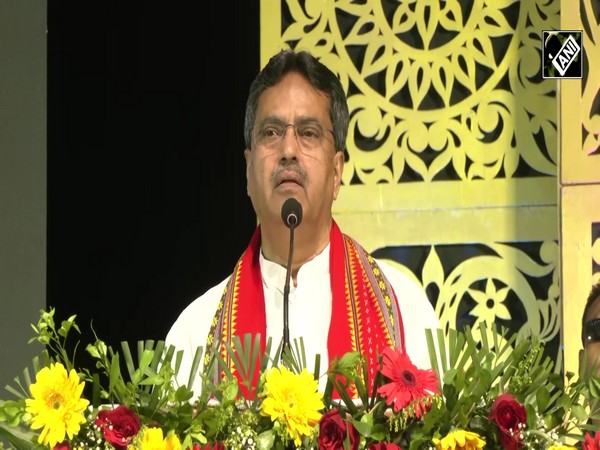Australia plans to supply solar power to Singapore, will India follow?
Oct 04, 2021

By Lee Kah Whye
Singapore, October 4 : In one of the most ambitious solar power projects recently, Australia's Sun Cable is in the process of setting up a USD 22 billion, 4,200 km power link between Singapore and Australia's Northern Territory to supply up to 15 per cent of the city-state's energy needs.
If the principality of Monaco and Macao Special Administrative Region are not counted, Singapore is the most densely populated sovereign state in the world with 5.5 million people cramming into about 730 square kilometres. Land and space are at a premium. Already some rooftops and bodies of water are used to harness solar power but due to the huge energy appetite of the industrial and commercial hub of Southeast Asia, this will only make a tiny dent in the island's energy requirements.
This is where Australia's Sun Cable project comes in. Apart from Antarctica, Australia is the driest continent in the world with 35 per cent of its landmass covered by dessert. So, it makes absolute sense to build the world's largest solar farm there.
Singapore has a bold plan to reduce greenhouse gas emissions by 36 per cent compared to 2005 levels by 2030. It is a highly ambitious target given the scarcity of resources required for renewable energy options on the small island. It has neither land to build wind and solar farms, nor thermal and hydroelectric power sources.
The solar power project that Sun Cable is proposing hopes to address this. Its CEO David Griffin told media that its project will help reduce Singapore's emissions by six million tonnes of carbon dioxide-equivalent a year, matching the entire climate abatement gap of the city-state in its 2030 reduction goals.
The planned Sun Cable solar farm will be located about 700 kilometres south of Darwin, the capital of Australia's Northern Territory state. It will cover a massive area of 120 square kilometres with 28 million solar panels and other ancillary facilities including battery storage. The company said that the plan is to have the capacity to supply 17 to 20 gigawatts of power, up from the previous 15 gigawatts.
Construction is expected to start in 2023 after completing an environmental impact study, various governmental approvals and concluding outstanding commercial and funding agreements. When it is ready in 2027, it will be the world's largest solar farm, ten times larger than the biggest today, the 2.245-gigawatt Bhadla Solar Park in India.
A crucial approval from the Indonesian government was granted a little more than a week ago to allow the high-voltage direct current (HVDC) cables to run through its territorial waters as well as to allow Sun Cable to conduct subsea surveys in Indonesian waters to map the underwater route to Singapore. It will be the world's longest subsea high-voltage cable.
Although Sun Cable will not supply energy directly to Indonesia, it is investing about USD 2.5 billion in procuring equipment and services, and in operational spending over the life of the project, including building a marine repair base in Indonesia.
Despite the elaborate plans and completed groundwork, Sun Cable's power supply agreement with Singapore is not a done deal.
Singapore's Energy Market Authority (EMA) told the Straits Times last week that discussions on Sun Cable's proposal to supply power from Australia's Northern Territory to Singapore are ongoing and they are unable to share details at this point due to the commercial sensitivities.
That Singapore is looking abroad for energy sources is not new. At the moment, the city-state relies mostly on natural gas for power generation and that is mainly imported from neighbours Malaysia and Indonesia.
However, Singapore is looking to diversify its energy sources as well as looking to switch to sustainable means of power generation.
Last week, Singapore third-largest power generating company, Tuas Power, announced that it has tied up with Indonesia Power and EDF Renewables to develop a framework for the import of electricity from Indonesia into Singapore.
The memorandum of understanding signed on September 29 includes a proposed 1,000 MWp (megawatt peak) solar photovoltaic plant, feasibility studies in Indonesia and its grid connection to Singapore, as well as the development of technical solutions to address issues of supply intermittency and transmission stability, Tuas Power said in a statement.
Before this, a few energy companies have earlier made moves to propel Singapore to a greener future by importing renewal energy into the country.
The Business Times Singapore reported that in March this year, solar energy provider Sunseap was forming a joint venture with Malaysia's Tenaga Nasional Berhad to trial the import of electricity generated from solar and hydropower from Malaysia.
In September, Keppel Electric Pte Ltd, a subsidiary of Keppel Infrastructure Holdings Pte Ltd, and Electricite Du Laos signed an exclusive framework agreement as part of the Lao PDR-Thailand-Malaysia-Singapore Power Integration Project, to jointly explore opportunities to import renewable energy into Singapore.
Although India has made remarkable strides in renewable energy generation in recent years, it is not known if any Indian companies are in talks to supply renewable energy to Singapore.
Based on the International Renewable Energy Agency (IRENA), Renewable capacity statistics 2021, India is ranked fourth in the world in terms of renewable power generating capacity as at the end of 2020. In terms of solar power generation, it is in 6th position globally. According to the Ministry of New and Renewal Energy, the country's total installed solar capacity reached 44.3 gigawatts as of August 31 this year.
Another impressive achievement is that India reached the government's initial 2022 target of achieving 20-gigawatt solar capacity, four years ahead of schedule. India has established around 42 solar parks with many projects under various stages of implementation and some in the tendering process.
According to IRENA, India is producing the world's cheapest solar power due to a combination of low-priced panel imports from China, abundant land and inexpensive labour. Average solar prices from large-scale installations in India were less than a third of Canada's, where costs were highest of the countries surveyed.
With its rapid development of renewable energy capacity and know-how, will India be exporting its energy generating capacity sometime in the future soon?
